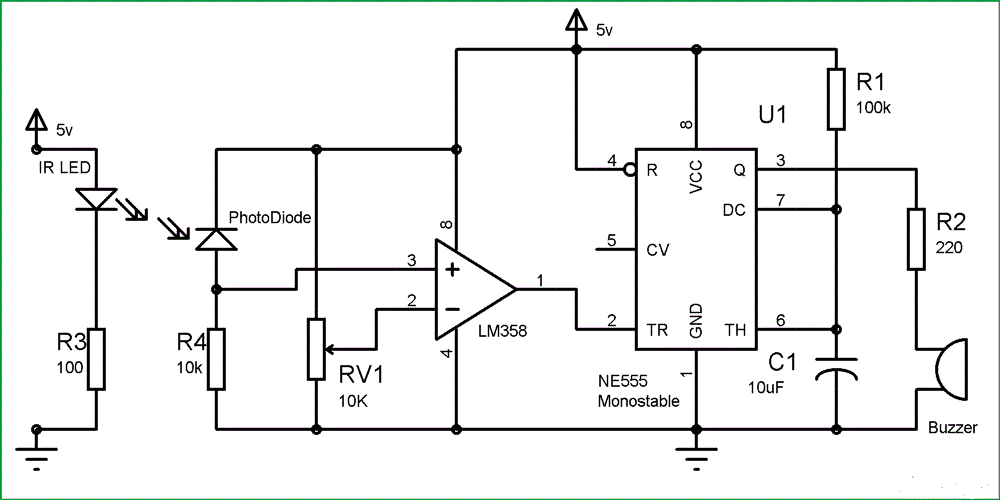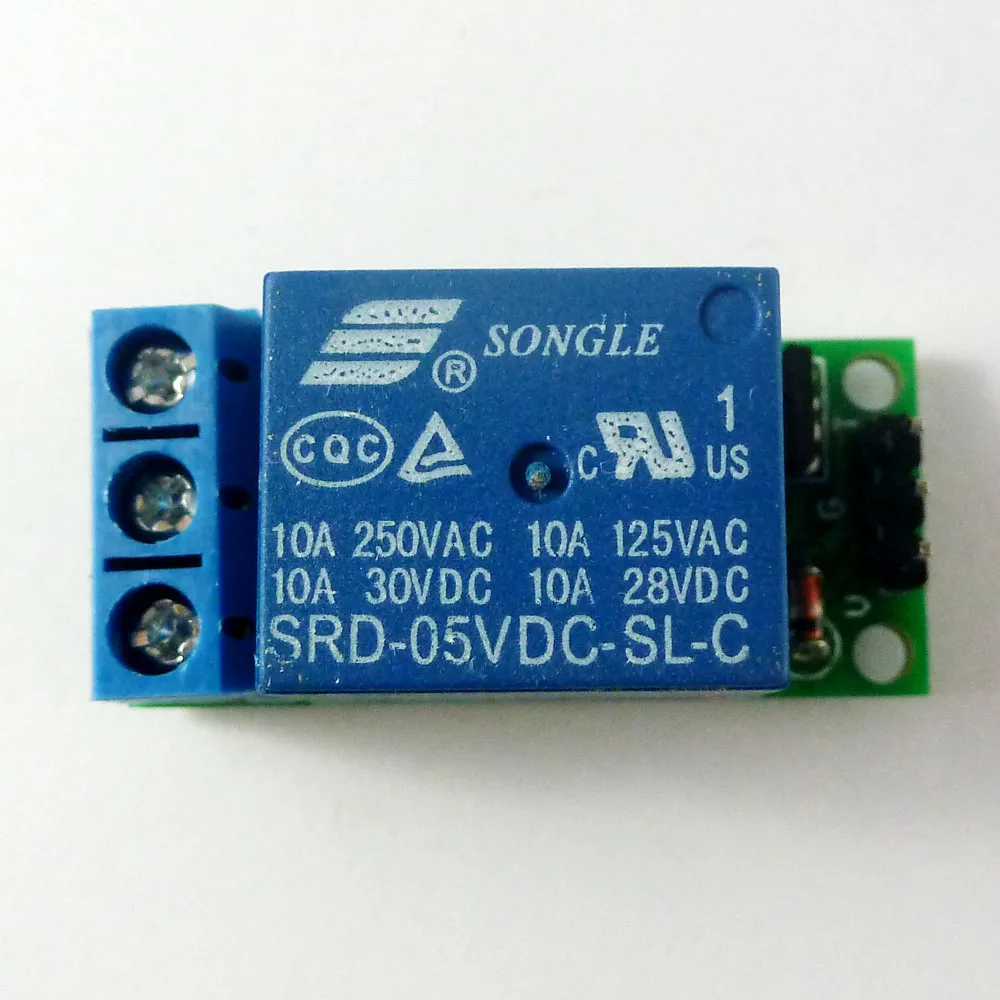

This way you can control the precise location of the object you are trying

Sending the trigger signal after the threshold level is crossed. You can use two more push buttons to increase or decrease the delay in Level light intensity to be comapared with to send the trigger signal. These push buttons are used to increase or decrease the threshold I used two more push buttons connected to the digital I/O pins 8 and 9. Flip in on to take pictures and flip if off the change the Helps so that you can look at pictures or change settings while taking pictures. Since the camera menu does not work when the half release button is pressed, having a switch To work the half release need to be pressed. The line going to pin 8 of the camera has a switch on it. The digital output (pin D2) from Arduino is connected to a transistor switch circuit and the output of that is connectedģ.5mm stereo female pin. I used a 3.5mm stereo plug to connect to the other end of the 12-pin connector (this way I can use the same cable to hook up to otherĬircuits if needed). The pin diagram for the connector is shown in Figure 4.įigure 4: Pinout for E520 12 pin connector. The olympus E-520 uses a 12 pin port to interface with the computer for data/video transfer and remote Depending on the make and model the connector typeĪnd the pin configuration can change. The camera can be triggered in a similar way using the remote shutter release cable.
Arduino camera timer trigger Pc#
Which shorts the terminals of the PC sync cable and inturn firing the flash whenever the digital output line goes high. This NPN transistor circuit acts as a switch The base of the transistor isĬonnected to the one of the digital output lines of the Arduino board via a 1.1kohm resistor. Receiver unit and the other end connects to the collector and emitter terminals of a NPN transistor. One end of the PC sync cable connects to the I used a wireless flash trigger receiver which has a PC sync port to mount the flash unit. The external flash all you need to do is to short the two pins at the hot shoe connector (shown in the image below). The next step is to use the signal from digital output line of the arduino to trigger the camera and/or external flash unit. When the light is on the LDR and when it is blocked by the object), you can use the digital output lines to trigger the camera and/or By comparing this value with an appropriate threshold value (which you can set to be somewhere between When a moving object cuts the beam of light the LDR value increases and Voltage across R1 (measured at A0 terminal) will be less than 5V. Butĭepending on the intensity of the light source and the distance from the LDR, the LDR will have some low resistance value and hence the Which means the voltage drop measured across R1 would be ~5V. Ideally would haveĪlmost no resistance (0 ohms) when a bright light is focused on it.

The voltage drop across R1 is measured by the analog input terminal of the Arduino board. Initially when the light source is pointed to the LDR, it has a low resistance. The value of the resistance depends on howīright the light is. When light is shine on them their resistance reduces. The photocells or the Light Dependent Resistors (LDR) have a high resistance when there is The wiring diagram is shown below,įigure 2: Wiring diagram for the Arduino boardĪ bit of explanation on how this circuit works. Laser pointer is used as a light source and a cadmium sulphide photocell acts as a light sensor. With the microcontroller you can change the threshold value of the light sensor value and add precise dealy to the trigger signal. An Arduino Uno microcontroller board is used to measure the sensor values and send trigger signal to the camera/flash. The idea is, when the object falling or moving blocks the light source from reaching light sensor the camera and/or the external flash It can be done in many different ways, but the method I tried is illustrated below. Using a DSLR and Arduino microcontroller. The aim of this project is to create a setup to capture the image of a falling object or any object in motion at a precise time


 0 kommentar(er)
0 kommentar(er)
